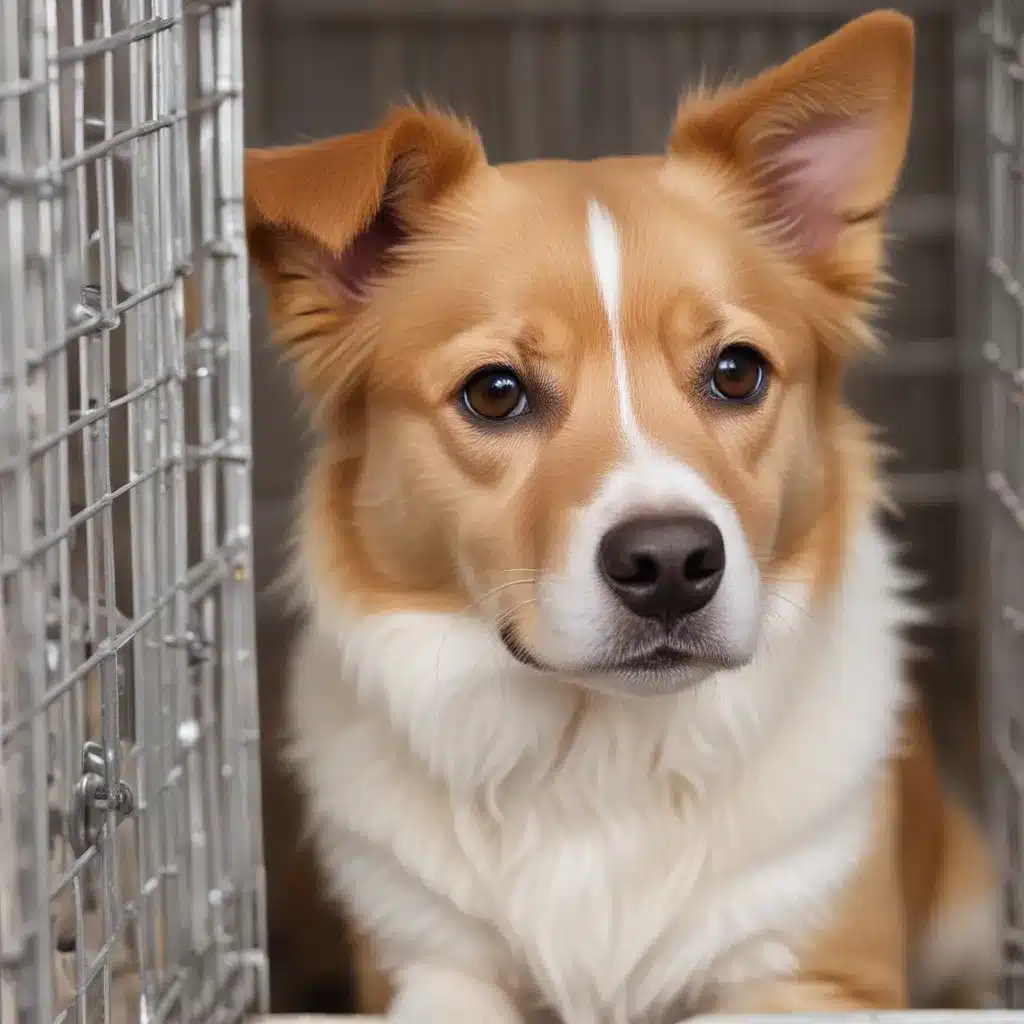
Crate Training: A Journey of Patience and Positivity
As a new dog owner, you’re probably feeling a mix of excitement and trepidation. On one hand, you’ve finally brought home your furry best friend, and the adventures ahead are boundless. On the other hand, the thought of training and managing your pup’s behavior can be daunting. Allow me to let you in on a secret: crate training is your new superpower.
I know what you’re thinking – “Crate training? Isn’t that just putting my dog in a cage?” Not at all! Think of it more like giving your canine companion a cozy den to call their own. Dogs are natural den dwellers, and a properly introduced crate can quickly become a safe haven for your pup. But don’t just take my word for it. Let’s dive into the practical tips and insights that will transform your crate training journey.
Choosing the Right Crate
The first step in crate training success is finding the perfect crate for your pup. As Anna Flayton, senior dog trainer at PUPS Pet Club in Chicago, advises, you’ll want to consider durability, comfort, and flexibility.
For dogs who prefer a more enclosed, den-like environment, opt for a kennel or airline-style crate. These offer a snug, cozy feel that can help calm anxious pups. On the other hand, wire crates work well for dogs who enjoy a bit more visibility and airflow. Just be sure to avoid getting a crate that’s too large – the goal is for your pup to feel secure, not lost in a cavernous space.
As your dog grows, you can use a divider to adjust the crate size accordingly. This allows you to provide just the right amount of space, preventing any accidents from happening in the extra room.
Making the Crate a Positive Experience
Now that you’ve found the perfect crate, it’s time to introduce your pup to their new den. The key here is to associate the crate with positive experiences, not punishment. As Flayton advises, “The more the dogs associate the crate with a relaxed mindset, the more they’ll ultimately enjoy hanging out in there.”
Start by simply leaving the crate door open and allowing your dog to explore it at their own pace. Toss in some irresistible treats or their favorite toys to encourage them to venture inside. Once they’re comfortable going in and out, begin feeding your pup’s meals in the crate, gradually closing the door for short periods while they eat.
One of my favorite crate training tricks is to stuff a frozen KONG toy with peanut butter. This keeps your dog occupied and entertained while they’re in the crate, further reinforcing the positive association. Just be sure to remove any collars or tags beforehand, as Flayton warns – you don’t want anything getting caught and potentially causing harm.
Transitioning to Longer Crate Times
As your dog becomes more accustomed to their crate, you can gradually increase the amount of time they spend inside. But don’t rush this process – patience is key. Flayton suggests starting with just 10 minutes at a time and working your way up from there.
It’s also important to make sure your pup is getting plenty of exercise and bathroom breaks outside the crate. Dogs don’t want to soil their sleeping area, but if they’re confined for too long, accidents can happen. Aim for short, frequent crate sessions interspersed with playtime and potty breaks.
When you do need to leave your dog alone for longer periods, consider using a remote camera device to monitor their behavior. This way, you can ensure they’re staying calm and relaxed in the crate, and adjust your training approach if needed.
Overcoming Setbacks and Maintaining Progress
Crate training, like any aspect of dog ownership, isn’t always a straight line to success. There will be ups and downs, triumphs and setbacks. But as long as you remain patient and consistent, your pup will eventually learn to love their cozy den.
Flayton advises that it can take up to six months to fully crate train a dog. During this time, you may encounter moments of frustration when it feels like you’re “banging your head against a wall.” But remember, dogs aren’t linear learners – they need time and repetition to truly internalize the desired behavior.
The key is to stay calm, consistent, and focused on rewarding your pup for their successes, no matter how small. With time and patience, your dog will come to see the crate as a safe, comfortable space, not a punishment. And before you know it, you’ll have a well-trained canine companion who’s ready to take on the world (or at least your living room) by your side.
So, fellow new dog owner, embrace the crate training journey. It may have its challenges, but the rewards of a well-behaved, confident pup are well worth it. And who knows, you might even find yourself exploring other exciting ways to bond with your four-legged friend once the crate training is mastered. Happy training!

